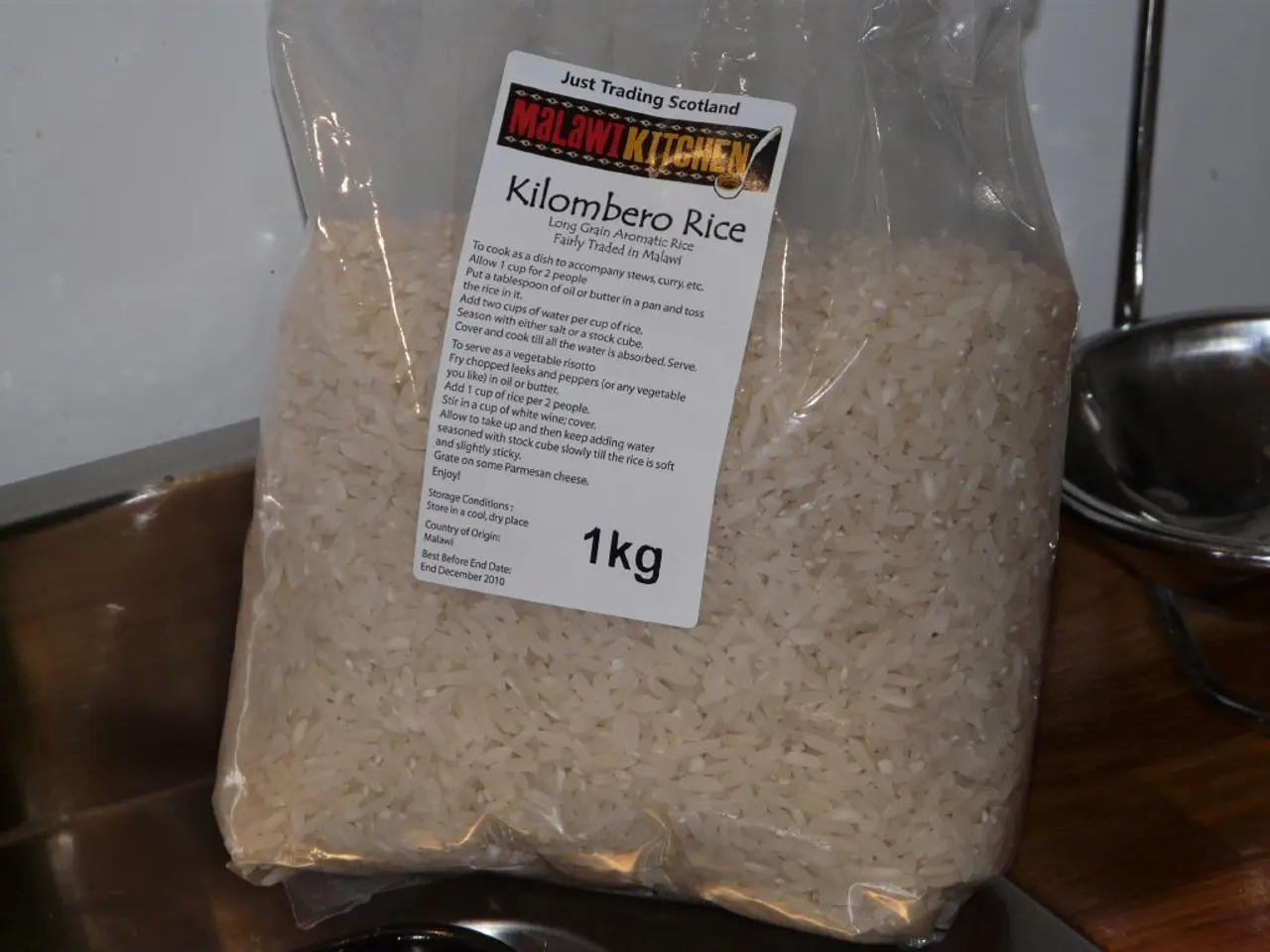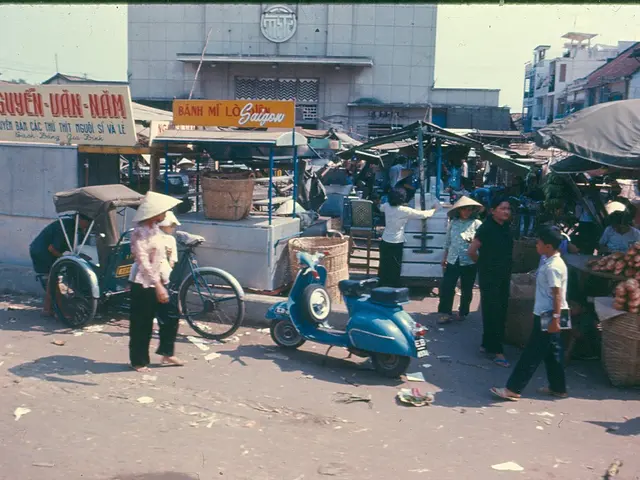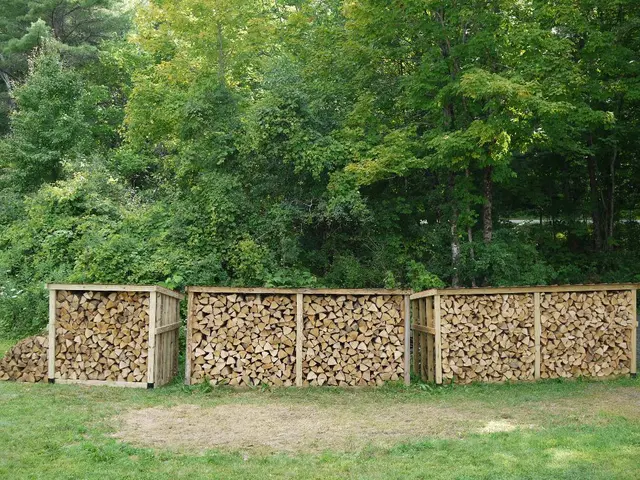Rice Cultivation's Straw Management Challenges and Solutions
Rice cultivation, a staple in many regions, faces challenges with straw management, contributing to air pollution. Initiatives like CII Cleaner Air Better Life and government schemes aim to tackle this issue through innovative practices and technology.
Rice straw burning, a common practice, significantly contributes to air pollution. However, farm-level interventions like mulching and straw incorporation enrich soil with organic matter and reduce chemical fertilizer use. These in-situ management practices have shown success but require sustained effort.
To address the remaining one-third of rice straw biomass, around 13 million tonnes per year, ex-situ management is necessary. Pulping and packaging products, as well as crop residue-based construction elements, are actionable applications. Co-firing biomass in thermal power plants is another cost-effective solution.
The Central Sector Scheme for Crop Residue Management has enhanced access to tools and raised awareness about in-situ management. Biomass collection and aggregation are crucial for reliable supply chains and reducing burning in areas with low in-situ management uptake. Farmers' trust in fellow farmers can facilitate the adoption of new agricultural practices. Organizations like the International Rice Research Institute (IRRI) and the Southeast Asian Regional Center for Graduate Study and Research in Agriculture (SEARCA) focus on innovative rice straw management practices.
Addressing rice straw management challenges requires a multi-pronged approach. In-situ practices, ex-situ applications, and reliable supply chains can significantly reduce burning and pollution. Stakeholder collaboration, as facilitated by platforms like CII Cleaner Air Better Life, and government initiatives are key to successful implementation.
Read also:
- Long-Term Prescription Drug Impact on Brain Function
- Benefits, sources, and supplements for Vitamin D and its role in addressing osteoporosis
- Diabetes Management during Pregnancy: Keeping Tabs on Blood Sugar Levels and Lifestyle Adjustments
- Life Expectancy with Interstitial Cystitis: Exploration of Research, Treatment Methods, and Additional Information








